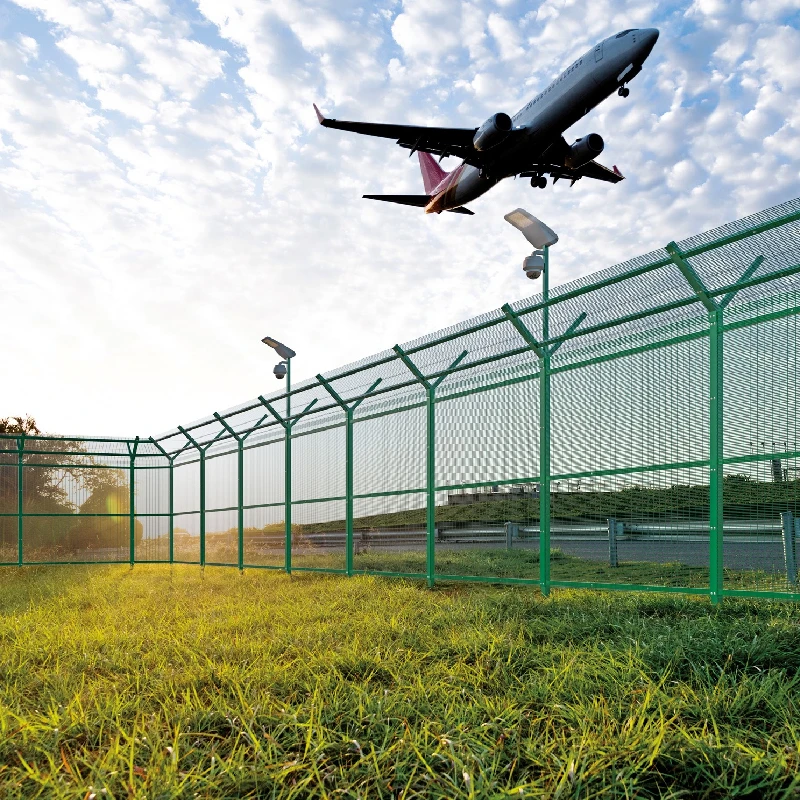
- Afrikaans
- Albanian
- Arabic
- Armenian
- Azerbaijani
- Basque
- Belarusian
- Bengali
- Bosnian
- Bulgarian
- Croatian
- Czech
- Danish
- Dutch
- English
- Esperanto
- Estonian
- Finnish
- French
- Galician
- Georgian
- German
- Greek
- hawaiian
- Hindi
- Hungarian
- Indonesian
- irish
- Italian
- Lao
- Latvian
- Lithuanian
- Luxembourgish
- Macedonian
- Maltese
- Myanmar
- Norwegian
- Polish
- Portuguese
- Romanian
- Russian
- Serbian
- Slovak
- Somali
- Spanish
- Swedish
- Thai
- Turkish
- Turkmen
- Vietnamese
Дек . 07, 2024 07:39 Back to list
Cost Analysis of Welded Wire Fabric Materials and Installation
The Cost of Welded Wire Fabric An In-Depth Analysis
Welded wire fabric, also known as welded wire mesh, is an essential material used in numerous construction and engineering applications. Its applications range from reinforcing concrete structures to providing safety barriers. Understanding the cost of welded wire fabric is vital for construction professionals, engineers, and project managers as it significantly influences project budgets and overall feasibility.
Understanding Welded Wire Fabric
Welded wire fabric is made from cross wires that are welded to longitudinal wires at specific intervals. The welding process ensures that the wires are securely connected, allowing for strength and durability. This type of mesh is available in various sizes, gauges, and configurations, catering to different construction needs. The most common applications include floor slabs, precast concrete products, and as reinforcement in masonry projects.
Factors Affecting Cost
The cost of welded wire fabric can vary significantly based on several factors
1. Material Costs The primary component of welded wire fabric is steel, and thus fluctuations in the steel market directly impact its price. The cost of raw materials can be influenced by global commodity prices, supply chain issues, and environmental regulations affecting steel production.
2. Manufacturing Process The complexity of the manufacturing process also contributes to the overall cost. High-quality welded wire fabric requires precise welding techniques and quality control measures, which can increase production costs. Automation and efficiency in the manufacturing process can also affect pricing.
3. Size and Configuration Welded wire fabric comes in various sizes, gauges, and configurations, each with its associated cost. Larger sheets or those with thicker wires typically cost more due to increased material usage. Custom sizes and shapes usually entail additional manufacturing efforts, leading to higher prices.
4. Market Demand Seasonal variations in construction activity can lead to fluctuations in demand for welded wire fabric. During peak construction seasons, prices may rise due to increased competition for materials. Conversely, during off-peak times, prices may stabilize or decrease.
cost of welded wire fabric

5. Transportation Costs The cost of transporting welded wire fabric from manufacturing facilities to construction sites can significantly influence the final price. Factors such as distance, fuel prices, and shipping method must be considered. Bulk orders may reduce transportation costs per unit, offering potential savings for larger projects.
6. Regional Variations Costs may differ by region due to variations in local demand, availability of materials, and transportation challenges. Urban areas with high construction activity might experience higher prices compared to rural locations with less demand.
Cost-Benefit Analysis
While welded wire fabric may come with a higher upfront cost compared to other reinforcement methods, such as rebar, a cost-benefit analysis often favors its use due to its durability and long-term performance. Projects using welded wire fabric may require less maintenance and offer improved structural integrity, which can save money over time.
Moreover, the ease of installation and reduced labor costs associated with using welded wire fabric can further enhance its cost-effectiveness. Because it can cover larger areas with fewer joints than traditional rebar, construction time can be significantly reduced. This labor efficiency can have a positive impact on overall project timelines and budgets.
Making Informed Decisions
When selecting welded wire fabric for a project, it is essential to consider both the material costs and the long-term benefits it presents. Engaging with suppliers and manufacturers for quotes, understanding the specific requirements of the project, and evaluating the potential for bulk purchasing can help in developing a cost-effective strategy.
Additionally, staying informed about market trends and material pricing can aid in making timely purchasing decisions. As the construction industry evolves and new materials emerge, regularly reassessing the cost and application of welded wire fabric will allow professionals to leverage this crucial building material effectively.
Conclusion
The cost of welded wire fabric is a multifaceted issue influenced by various elements, from material pricing to manufacturing processes. However, with its advantages in durability, long-term savings, and efficiency, investing in welded wire fabric can be a strategic decision in construction. By understanding the factors affecting its price and conducting thorough cost analyses, construction professionals can ensure that they make informed decisions that contribute positively to their projects and bottom lines.
-
Versatile Sheep and Livestock Hurdles for Sale
NewsApr.14,2025
-
The Rise of BRC Fencing
NewsApr.14,2025
-
High-Quality Cattle and Horse Panels for Sale
NewsApr.14,2025
-
Durable Cattle Fencing Solutions
NewsApr.14,2025
-
Double Wire Fencing Solutions
NewsApr.14,2025
-
360 Degree Protection with 358 Anti-Climb Fences
NewsApr.14,2025









